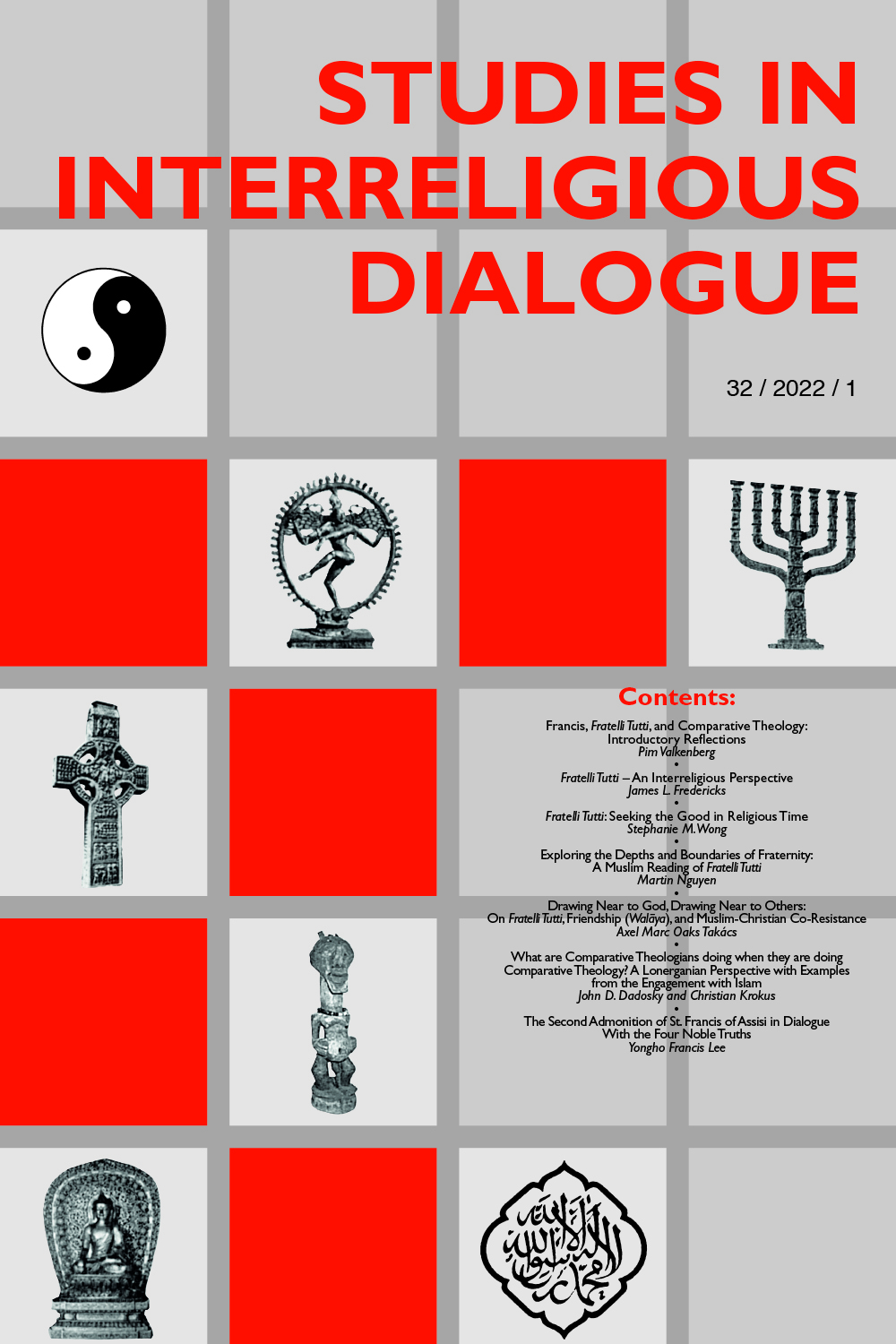 previous article in this issue previous article in this issue | next article in this issue  |

Preview first page |
Document Details : Title: Trends and Developments in Interreligious Dialogue Author(s): EVERS, Georg Journal: Studies in Interreligious Dialogue Volume: 19 Issue: 2 Date: 2009 Pages: 215-230 DOI: 10.2143/SID.19.2.2044693 Abstract : The article explores the state of interreligious interactions and dialogue during the past year. It can be stated generally that while the number of interreligious conferences and encounters is on the increase interreligious dialogue suffers from being restricted to rather close circles and not being noticed enough in public and the media. That the radical groups advocating violence in the name of religions have been losing support, as can be seen in the outcomes of elections in Indonesia, India, and Libanon, should be seen as a positive development. Jewish-Christian dialogue was affected negatively by the controversy surrounding the lifting of the excommunication of bishops from the Society of St. Pius X. The visit to Jordan and Israel by Pope Benedict XVI was overshadowed by it, and the discussion on the right way to speak about the Shoah. In Germany a prize by the State of Hesse honouring Jewish, Christian and Muslim dignitaries for their lifelong contributions in the field of interreligious dialogue turned into an ugly debate about the Muslim candidate. What was intended to give a boost to interreligious dialogue and understanding became instead a symbol of intolerance and the lack of acceptance of differences. As regards the state of Christian-Muslim relations, positive and negative trends could be observed in many countries during the past year. Especially in Malaysia and Pakistan religious minorities have often become targets of radical Muslim groups. The number and quality of Buddhist-Christian relations have been progressing in different countries, while Christian-Hindu relations have been strained by violence against the Christian minority in several Indian states. |
 |


